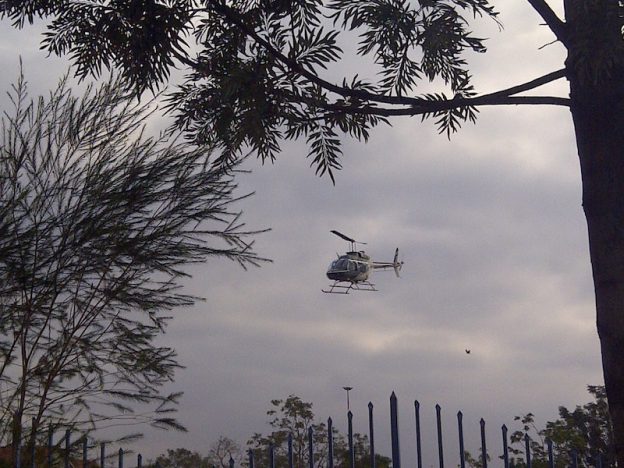This morning, the Director General of the Kenya Civil Aviation Authority (KCAA) gave a press chat on the aviation sector.
- Drones: About 5,000 drones (mostly toy ones) have been confiscated at Nairobi’s airport (JKIA). They have drafted new policy procedures and rules for drones that awaiting approval by the attorney general, but for now, their usage is still illegal.
- US Flights: The country has now got category one status. There will be one more inspection later this year after which Kenya Airways can apply for rights and probably start flying to the US in April 2018. He expects 75% of the tickets to be taken up by US businesses people travel to Africa with Kenyan diaspora making up 15% and the rest as leisure travel.
- Expensive Tickets: About 43% of the cost of an air ticket in Kenya is taxes. There is a strategic plan to make six East African countries a domestic market which should lower airline taxes per ticket from the current Kshs 5,000 to 500 and this will enable more and cheaper flights in the region.
- 80% of KCAA’s income comes from airlines over flying Kenya which is strategically placed in Africa.
- Helicopters: There are 88 licensed helicopters in Kenya, and 60 are operating. Also, the KCAA expects about 40 more to arrive to be used in campaigns for the August 2017 election. Their biggest problem they have are with “James Bond incidents” (people hanging on skids) and the Director urged media to report such on incidents for them to take action on against the operators.
- Opportunities: There are 100 licensed helicopter pilots and this is not enough; there are many more jobs as helicopter pilots, aviation engineers, and safety operators. Entering these sectors is not cheap as it costs Kshs 2 million to be a private helicopter pilot and about Kshs 6 million to be a commercial helicopter pilot, with part of this high cost being due to the cost of avgas as pilots have to spend many hours in training. (While petrol is Kshs 95 per liter, Avgas is 150).
- Training: There is a big concern about colleges claiming to offer aviation courses, but which are not in fact certified by the KCAA. Anyone seeking to operate in the sector is re-examined.
EDIT In June 2018, Kenya’s Parliament annulled the proposed drone rules which had been drafted and presented to them for approval. The committee Chair highlighted that public participation was not done in the drafting of the rules, while some parliamentarians mentioned that the fees levied were excessive as were some of the penalties for drone usage which were above what had been agreed to by the parent ministry.

Do you have a spam issue on this site; I also am a blogger,
and I was curious about your situation; we have developed some nice methods and
we are looking to exchange techniques with others, why not shoot
me an e-mail if interested.